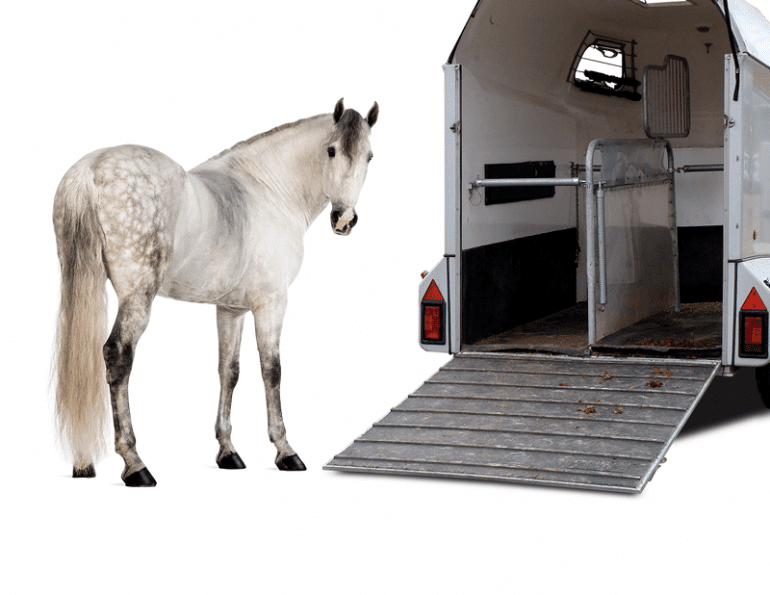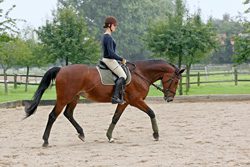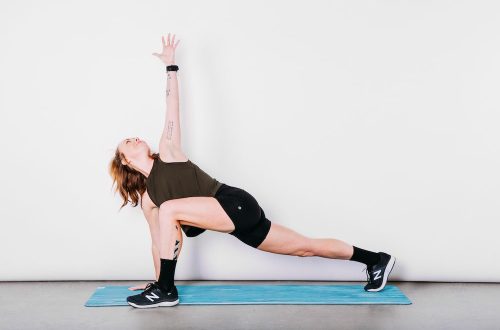
We teach the horse to load into the horse carrier (another method)
We teach the horse to load into the horse carrier (another method)
Loading a horse into a trailer shouldn’t be a fight where the horse goes into a state of panic and you push him until he doesn’t respond to the pressure at all.
Before you consider training your horse to load into a trailer, you need to show him that it is safe, easy, and enjoyable to walk beside you. The horse’s job is to keep his head close to you.
Once your horse feels comfortable around you, you will need to train him to move forward by applying pressure to his bottom (gently use the whip on it). Each horse must be able to move forward without pressure. When the horse takes a step forward, praise him, scratch his head, to show that it is always pleasant and easy to be with you.
Then find a light obstacle (a pole on the ground, a chute, a groove) and teach the horse to step over it. Always start with the easiest obstacle and then increase the difficulty (rubber mat, puddle).
Spend a few days building trust and honing the skill of moving forward. Train until you are sure that the horse is moving forward and not backing away when he is anxious. If she tries to back up, touch her rump with a long whip. This will make moving backwards unpleasant. As soon as the horse moves forward, stop pushing the whip over its rump and scratch its head.
After a few lessons, when the horse learns to move forward through a few simple obstacles, lead him to the horse carrier. Use a long whip, tap her on the rump to ask her to come onto the loading dock. As soon as the horse takes even one step onto the platform, go and scratch his head, then lower the horse down.
Take a walk with the horse next to the horse carrier to calm down and relax, and then ask him to return to the platform. If the horse responds well and is not worried, ask him to take another step forward, then scratch his head and go down again. If the horse is worried, don’t ask him for this extra step – just scratch his head and get down from the platform.
On your next approach, ask for another extra step up the platform, then scratch your horse’s head and back down again. Between sets, always let your horse rest by walking next to the carrier and allowing him to relax.
Ask for only one or two extra steps on each set and always get the horse off the platform before he gets flustered. The horse will understand that he has nothing to worry about, and with each subsequent approach, he will rise to the previous point you reached.
It doesn’t matter how many ups and downs you have to do before the horse enters the horse carrier without stopping. It doesn’t matter how many “lessons” you have. The main thing is that the horse remains confident and relaxed!
Loading a horse into a horse carrier is an important step in its training.
Let each lesson last no more than 15 minutes. Remember not to push or pull your horse until he panics and sweats.
When the horse is about half way on the platform, you may be tempted to ask for more. But the best thing to do is to scratch her head and let her relax and then put her down again. If you continue to insist, the horse may panic and run off the platform, and you will be thrown a few steps back. Do you need to work on rebuilding trust when you can just keep it intact?
Remember that the problem with loading into the horse carrier arises because the horse is afraid of it. You need to give the horse confidence and prove to him that the horse carrier is not scary at all.
This method, when used consistently, will solve loading problems even for horses that have had very bad loading experience.
Neil Davis (source); translation by Valeria Smirnova.
 Angellove20 28th of January 2018
Angellove20 28th of January 2018Of course, this is all good. But all the articles about loading into a horse carrier … But for example, we have a problem with unloading. It rests and categorically refuses to go back, because it thinks there is an abyss.
 Samira 4 February 2018 city
Samira 4 February 2018 cityThere are horse carriers with front unloading, where you do not need to put the horse back. Answer





